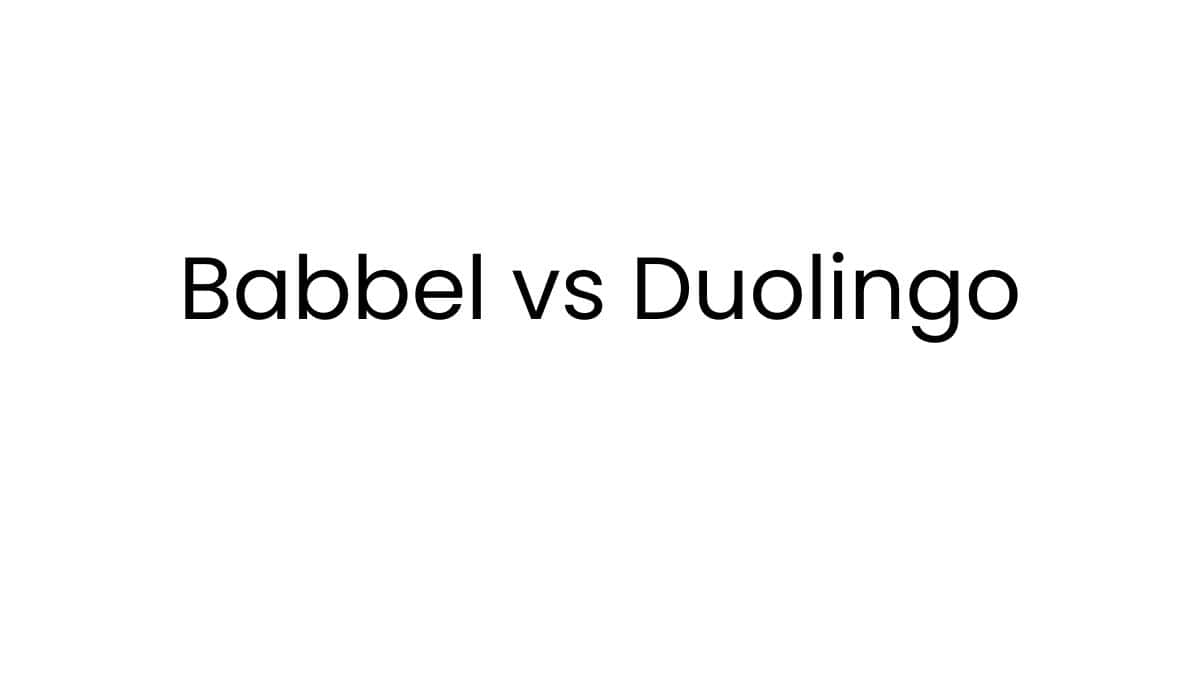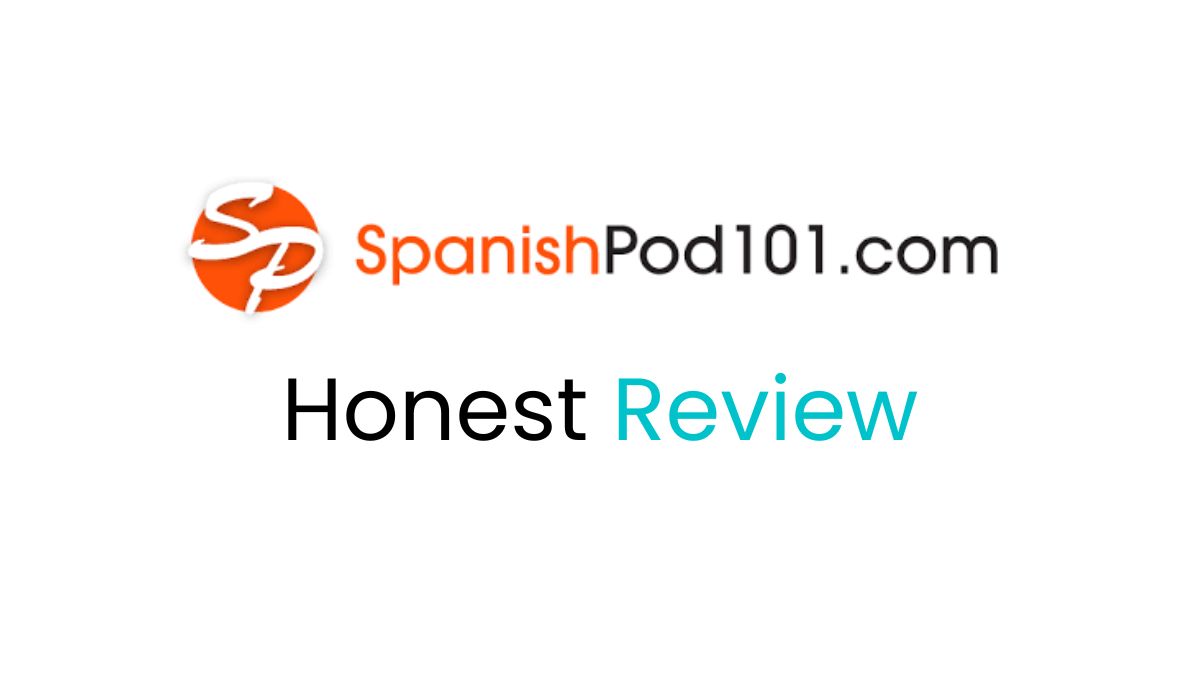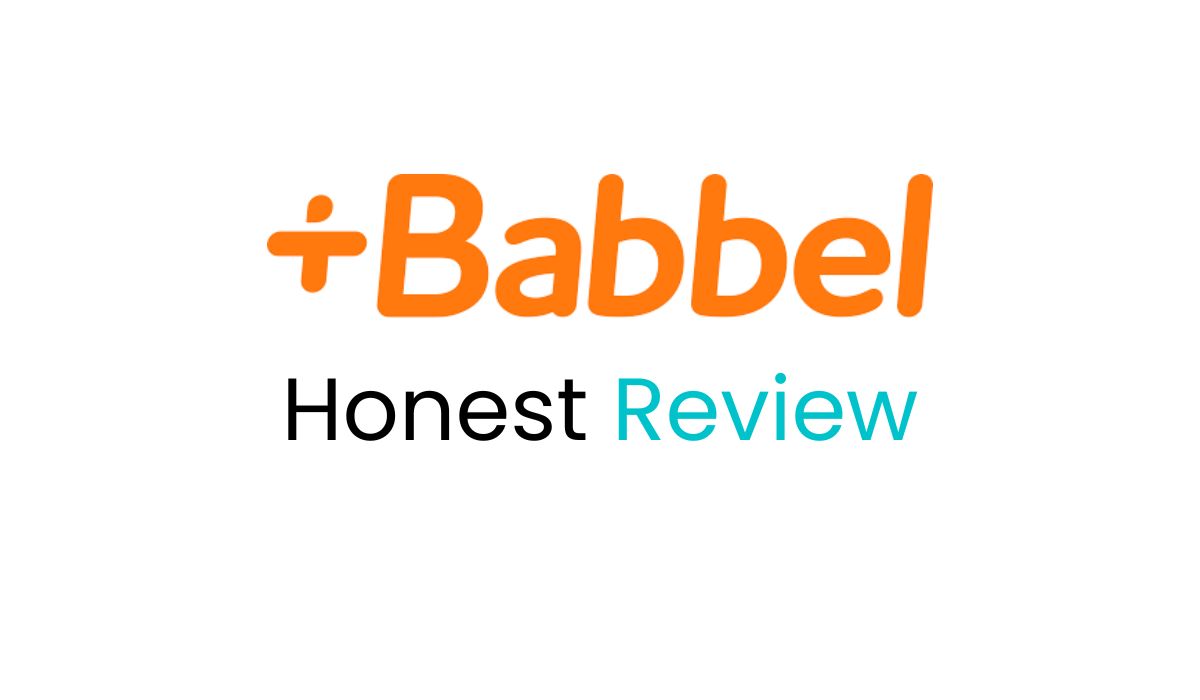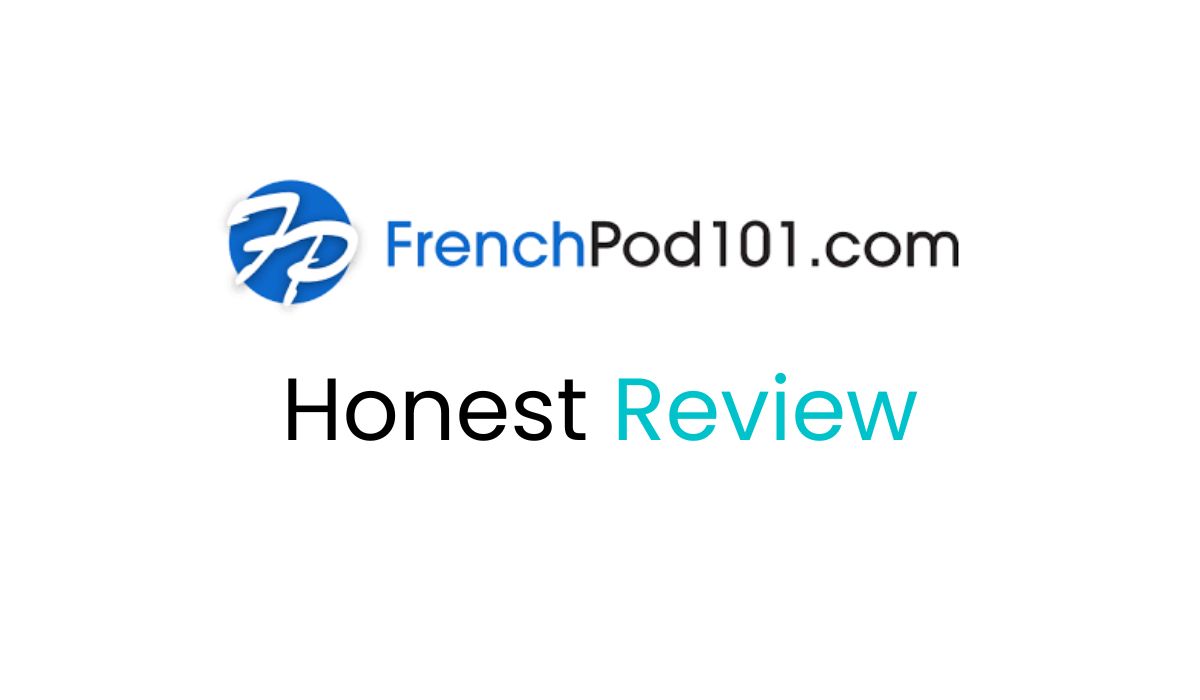In the world of learning languages, Babbel and Duolingo stand out. They make learning languages easy and fun. But they have different ways of teaching. Knowing the differences can help you pick the right one for you.

Duolingo is known for being free. Babbel has become popular through ads and marketing. Both apps have similar lessons but are different in many ways. They vary in how they teach languages, their prices, and how well they help you learn.
Key Takeaways
- Babbel offers over 15 English courses for different levels, focusing on practical conversation. Duolingo teaches the basics like grammar and vocabulary.
- Babbel costs $12.95 a month for a subscription, while Duolingo is free. Duolingo Plus costs $6.99 a month for extra features.
- Babbel uses speech recognition to help with pronunciation. Duolingo doesn’t have this feature.
- Duolingo is great for beginners with its fun approach. Babbel is better for those who want to improve their conversation skills.
- Duolingo teaches in 42 languages, more than Babbel’s 14.
Overview of Babbel and Duolingo
Babbel and Duolingo are two top language learning apps. They both aim to make learning languages easy and fun. But, they have different ways of teaching and pricing.
What is Babbel?
Babbel started in 2008 and is known as the “world’s first language learning app.” It teaches 14 languages with a focus on everyday conversations. Lessons are 10-15 minutes long and include grammar explanations.
What is Duolingo?
Duolingo is a free app that makes learning languages fun. It offers lessons in over 30 languages. Duolingo uses games to teach vocabulary and sentence structure in short, 5-10 minute sessions.
| Feature | Babbel | Duolingo |
|---|---|---|
| Pricing | $8-$15 per month | Free with optional $6.99 per month subscription |
| Lesson Length | 10-15 minutes | 5-10 minutes |
| Verbal Practice | Moderate focus on verbal practice | Light focus on verbal practice |
| Grammar Instruction | Layered into lessons with explanations | Light grammar explanations |
| Speech Recognition | Utilizes speech recognition software | Utilizes speech recognition software |
| Live Classes | Offers Babbel Live personalized instruction | Does not offer live classes |
Babbel vs Duolingo: Pricing and Subscription Models
When looking at babbel pricing and duolingo pricing, we see two different ways to learn languages. They have different subscription models.
Babbel uses a subscription model. Prices start at $8.45 a month for six months. Or, you can pay $139.97 once for life, now at a 76% discount. On the other hand, Duolingo is free. But, you can get Duolingo Plus for $6.99 a month yearly. This version removes ads and adds more features.
| Feature | Babbel | Duolingo |
|---|---|---|
| Subscription Pricing | $8.45/month (6-month plan) to $139.97 (lifetime access) | Free basic version, $6.99/month for Duolingo Plus (annual billing) |
| Language Selection | 14 languages, including Spanish, French, German, Italian, Portuguese, Dutch, and Swedish | Over 30 languages, including popular ones like Spanish, French, and German, as well as less common ones like Welsh, Hawaiian, and Navajo |
| Lesson Duration | 10-15 minutes | 5-10 minutes |
| Learning Approach | Practical language use and real-life conversational skills | Game-based and focused on making learning fun and addictive |
Babbel and duolingo both help you learn languages. But, they have different prices and ways to subscribe. Babbel offers a paid plan with a practical approach. Duolingo is free and fun, perfect for those who like to learn casually.
Lesson Structure and Learning Approaches
Babbel’s Lesson Structure
Babbel’s lessons are short, lasting 10-15 minutes. They build on what you already know. You’ll do interactive exercises like listening, repeating, and fill-in-the-blank activities.
These lessons focus on practical skills. They aim to help you talk in a new language quickly. You’ll learn through grammar explanations and mock conversations.
Duolingo’s Gamified Approach
Duolingo uses a fun, gamified method. Lessons are short, usually 5-10 minutes. You’ll do exercises like matching words with pictures and translating phrases.
These lessons are made to be engaging and enjoyable. They focus on building your vocabulary and sentence structure skills. Duolingo keeps you motivated with its interactive approach.
Babbel focuses on practical conversation skills. Duolingo makes learning fun with its gamified lessons. Both platforms offer unique ways to learn, fitting different learning styles and goals.
Language Selection and Coverage
Duolingo is known for offering over 30 languages, including some that are not often taught. Babbel, on the other hand, focuses on 14 languages, targeting the most spoken ones. While Duolingo has a wide range of languages, the quality and depth of lessons can differ.
Duolingo has 500 million registered learners and 40 million active users. Its Spanish and French courses are as effective as four U.S. university semesters in half the time. Babbel has sold over 10 million subscriptions, using over 250 linguists to make courses for different language pairs.
Duolingo is working to match its courses with the Common European Framework of Reference for Languages (CEFR). This means 30% to 40% of its courses are being updated. The goal is to make sure the language lessons are high quality and consistent. Babbel focuses on giving learners a personalized way to learn languages with expert-made content.
Choosing between Babbel and Duolingo depends on what the learner wants. Duolingo has more languages, but Babbel offers a more personalized learning experience.
Grammar Instruction and Explanations
Learning a language means mastering grammar. Babbel knows this well. It has made babbel grammar instruction and babbel grammar explanations a key part of its babbel language grammar focus.
Babbel’s lessons offer clear, helpful guidance on grammar and language structure. This helps learners understand important rules and how to use them in exercises. It makes learning the language deeper and more meaningful.
Babbel’s Grammar Focus
Babbel focuses a lot on grammar to help learners communicate well. Its lessons mix babbel grammar instruction with real-life conversations. This way, users learn the language’s details and practice speaking.
- Comprehensive coverage of essential grammar rules and structures
- Contextual explanations that aid in understanding language usage
- Immediate feedback and reinforcement to solidify grammatical concepts
- Gradual progression from basic to more advanced grammatical topics
Babbel makes sure learners get a strong understanding of grammar. This lets them speak with confidence and accuracy.
Speech Recognition and Verbal Practice
Language learning apps like Babbel and Duolingo offer great ways to practice speaking. They use speech recognition technology to help you improve. But, they have different ways of helping you with verbal practice.
Babbel is known for its strong speech recognition and focus on speaking exercises. You get many chances to practice saying words and phrases. The app gives you feedback right away on how well you’re doing. This helps you get better at listening and speaking.
Duolingo also has speech exercises, but it doesn’t focus as much on speaking. It’s more about reading, writing, and learning new words. It uses a fun way to learn, but doesn’t help as much with speaking skills.
| Feature | Babbel | Duolingo |
|---|---|---|
| Speech Recognition Accuracy | High | Moderate |
| Verbal Practice Opportunities | Extensive | Limited |
| Focus on Spoken Language Proficiency | Strong | Moderate |
If you want to get better at speaking, Babbel is a good choice. It offers more ways to practice speaking and gives you feedback. Duolingo is better for those who like learning through games. It focuses more on reading, writing, and learning new words.
babbel vs duolingo: User Experience and Interface
Both Babbel and Duolingo have their own ways of teaching languages. Babbel stands out with its easy-to-use design. It makes navigating through lessons smooth and simple.
Babbel’s User-Friendly Design
Babbel’s app looks professional and is easy on the eyes. It’s not as game-like as Duolingo but is just as engaging. The design lets learners easily keep track of their progress and dive into lessons without hassle.
Babbel’s user-friendliness is a big reason why serious learners choose it. They like the structured way it teaches languages.
| Feature | Babbel | Duolingo |
|---|---|---|
| Interface Design | Clean, professional, and user-friendly | Gamified, colorful, and engaging |
| Navigation | Straightforward and intuitive | Visually appealing but can be complex for some users |
| Lesson Structure | Focused on practical conversation skills and grammar | Gamified with adaptive skill trees and bite-sized lessons |
| Offline Access | Limited | Available with subscription plans |
Babbel is great for learners who want a serious language course. Its design and structured lessons offer a polished learning experience.
Progress Tracking and Review Features
Duolingo is a top choice for language learning apps because of its great progress tracking and tools to keep you motivated. The streak system is a key part of Duolingo. It rewards you for practicing every day. You get virtual points and unlock new content, making you feel accomplished and keeping you on track with your language learning.
Duolingo also has review features to help you improve and focus on what you need to work on. The app’s smart algorithms find out what you’re struggling with. Then, it gives you exercises to practice and get better at.
- Duolingo’s streak system encourages consistent daily practice and provides a sense of progress.
- The app’s review features help identify and strengthen weaker areas, optimizing the learning experience.
- Duolingo’s gamification elements, such as points and achievements, create a motivating and engaging learning environment.
Duolingo combines tracking your progress, reviewing what you need to work on, and making it fun with gamification. This makes it easy to stay motivated and see how far you’ve come in your language learning journey. Duolingo’s way of tracking progress and reviewing what you need to work on makes it a top choice for learning languages.
Supplemental Resources and Learning Materials
Babbel and Duolingo are great for learning languages, but they also have supplemental resources and additional features. These extras make learning more fun and effective.
Babbel Supplemental Resources: Babbel has live online classes with skilled teachers. These classes help learners talk more naturally and get feedback. You can also find podcasts, vocabulary lists, and grammar guides to help you learn more.
Duolingo Supplemental Resources: Duolingo makes learning fun with online language learning events. These events let you meet other learners and practice your skills. You can also do conversation practice, writing exercises, and audio lessons to fit how you like to learn.
- Babbel teaches 14 languages, like Spanish, French, and Russian.
- Duolingo has over 30 languages for English speakers, including Spanish and French.
- Both Babbel and Duolingo focus on talking like a native speaker, using real-life conversations.
These supplemental resources and additional features are great for language app users. They help you enhance your language learning experience and move past basic lessons.
Effectiveness for Different Learning Styles
Language learning apps like Babbel and Duolingo are great for different learners. They offer unique features that help people learn in ways that suit them best.
Visual Learners’ Experience
Visual learners might like Babbel more. It focuses on talking, grammar, and pictures. This helps learners who like clear, organized lessons.
Auditory Learners’ Perspective
Auditory learners might prefer Duolingo. It uses sounds and games to teach. The app adjusts to what you know and need, making it fun and effective.
Choosing between Babbel and Duolingo depends on what you like and want to achieve. Babbel is good for those who like pictures and clear lessons. Duolingo is great for those who learn by listening and speaking. Knowing how you learn best can help pick the right app for you.

Conclusion
The choice between Babbel and Duolingo depends on what you want to learn and how much time you can dedicate. Babbel offers a structured way to learn, while Duolingo makes it fun with games. Both have their pros and cons, and mixing them might work best for you.
If you’re serious about learning a language, Babbel might be the better choice. It costs money but teaches grammar in detail. Duolingo is free and fun, perfect for those who want to learn casually.
Choosing between Babbel and Duolingo depends on what you aim to achieve in language learning. Both apps have unique benefits for different learning styles. By looking into what each offers, you can pick the best app for your goals and how you like to learn.
FAQ
What is Babbel?
Babbel is the “world’s first language learning app,” started in 2008. It teaches 14 languages with 10-15 minute lessons. These lessons focus on practical, everyday language use.
It also includes grammar explanations and tips. This makes learning languages more structured and effective.
What is Duolingo?
Duolingo is a free app that makes learning languages fun. It offers over 30 languages and has short, 5-10 minute exercises. The app uses games and visuals to help you learn.
It focuses on building vocabulary and sentence structure skills.
How do Babbel and Duolingo differ in their pricing models?
Babbel costs between $9.60 per month and $190.99 for life access. Duolingo is free, but Duolingo Plus starts at $6.99 per month. Duolingo Plus removes ads and offers more features.
How do Babbel and Duolingo structure their language lessons?
Babbel’s lessons are 10-15 minutes long and include interactive exercises. You’ll practice listening, repeating, and learn grammar through activities like fill-in-the-blanks. Duolingo’s lessons are shorter, 5-10 minutes, and use games to teach languages.
These games help you match words with pictures and translate phrases.
What is the language selection and coverage for Babbel and Duolingo?
Babbel teaches 14 languages. Duolingo offers over 30 languages, including some less common ones. The quality and depth of lessons can vary by language on both apps.
How do Babbel and Duolingo approach grammar instruction and explanations?
Babbel puts grammar lessons right into its exercises. It gives learners subtle, effective guidance on grammar and structure. This helps learners understand and use language rules better.
How do Babbel and Duolingo differ in their speech recognition and verbal practice capabilities?
Babbel offers better speech recognition and practice than Duolingo. Both apps have speech exercises, but Babbel’s technology is more accurate. It gives learners detailed feedback on their pronunciation.
How do Babbel and Duolingo differ in their user experience and interface design?
Babbel’s design is clean and easy to use. Duolingo uses games and rewards to keep learners motivated. This makes practicing languages fun and consistent.
What are the key differences in effectiveness for different learning styles?
Babbel suits visual learners who like a structured approach to learning languages. It focuses on conversational skills and grammar. Duolingo is great for auditory learners who prefer an immersive, audio-rich experience.
Oualid Cheddadi is the founder of Lingualid, a platform that inspires independent language learners worldwide, regardless of the language they are learning. The name “Lingualid” is derived from the Portuguese word for “language,” “língua,” and the last three letters of Oualid’s name, “Lid.”



